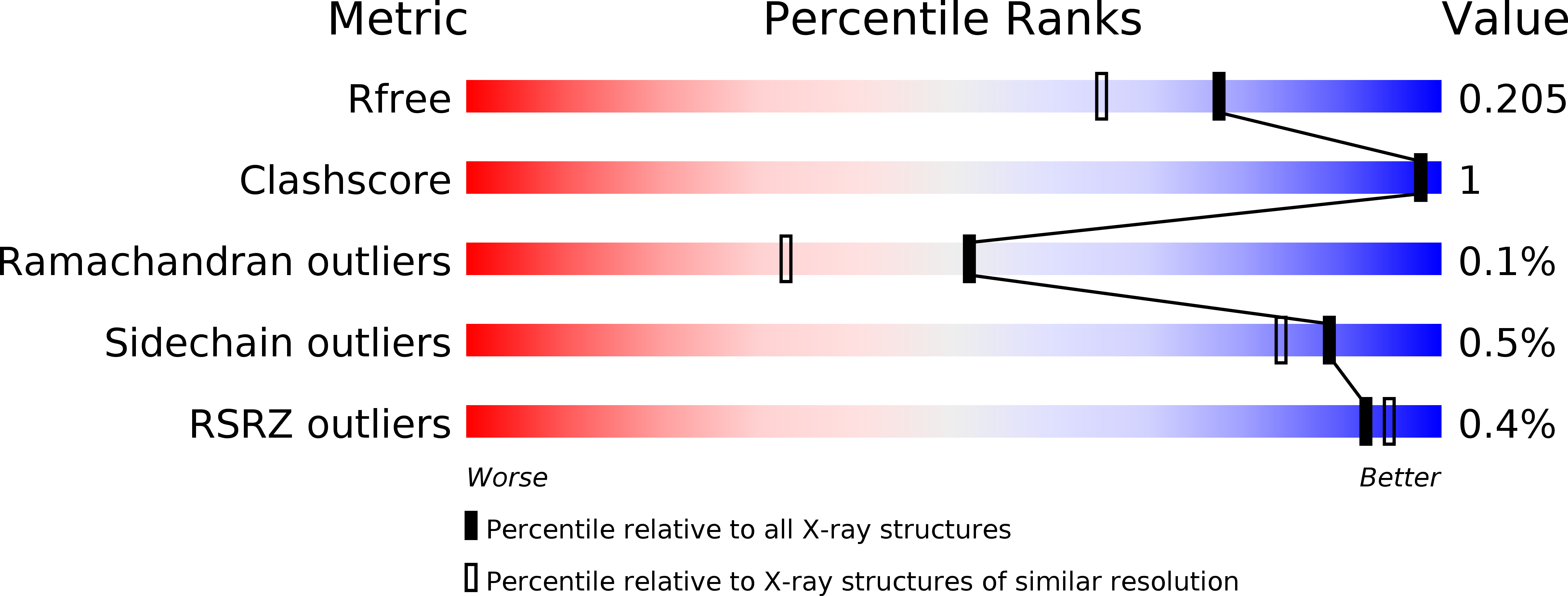
Deposition Date
2015-12-16
Release Date
2016-04-27
Last Version Date
2024-01-10
Entry Detail
PDB ID:
5FDF
Keywords:
Title:
Crystal structure of the monoclinic form of Thermotoga maritima Acetyl Esterase TM0077 (apo structure) at 1.76 Angstrom resolution
Biological Source:
Source Organism:
Thermotoga maritima (Taxon ID: 2336)
Host Organism:
Method Details:
Experimental Method:
Resolution:
1.76 Å
R-Value Free:
0.19
R-Value Work:
0.15
R-Value Observed:
0.16
Space Group:
P 1 21 1


